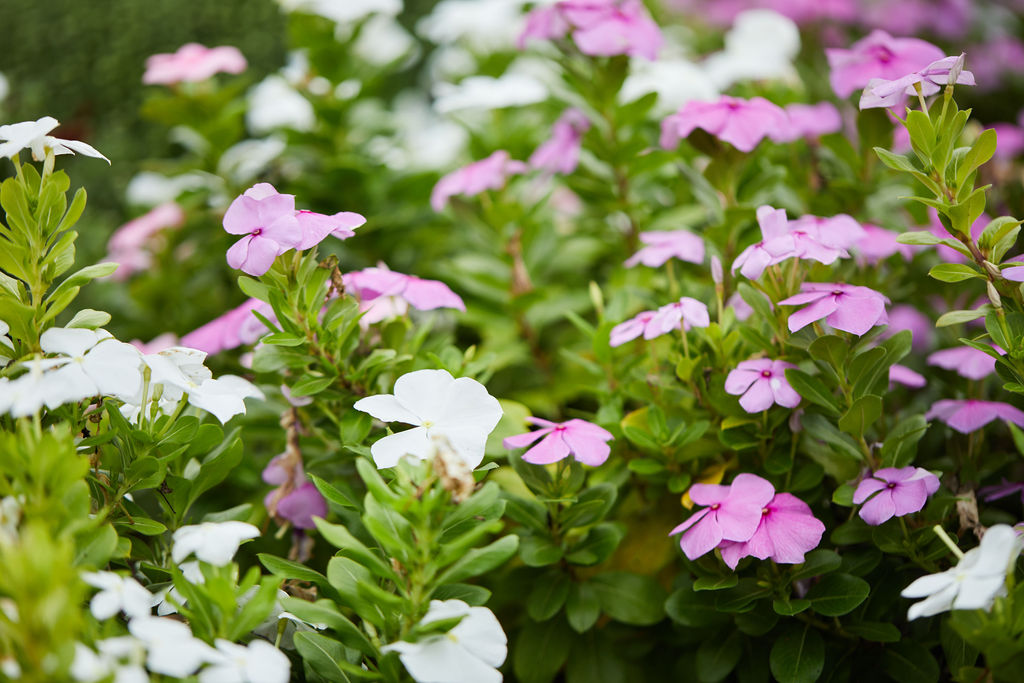A beautiful and healthy lawn and garden is what every homeowner aspires to have. But the challenge lies in maintaining the right amount of water for your plants and grass. Too much water and your plants drown or your grass develops mold and fungi, too little and they wither and dry up. Time and again, homeowners are confused about how much water their lawn and plants need. In this blog post, we’ll explore the signs that tell you whether to increase or decrease the amount of water your lawn and/or plants are receiving

Signs your lawn and/or plants are getting too much water
- Puddles – standing water is a sign of overwatering. Too much water can lead to disease and root rot.
- Damp soil – if the soil feels constantly damp it’s a sign of too much water
- Yellowing leaves – leaves turn yellow when they’re overwatered because too much water inhibits the oxygen plants need to grow.
- Mold or fungus – diseases such as mold and fungus thrive in an excessively wet environment.
Signs your lawn and/or plants aren’t getting enough water
- Wilting – if leaves and stems are drooping, they’re not getting enough water.
- Dry or crispy leaves –leaves will become dry and brittle when there isn’t enough water.
- Patchy and discolored grass – if your grass is brown and patchy,it’s probably not getting enough water.
- Slow growth – if your grass or plants are not growing as fast as usual, it could be due to lack of water.
How to know how much water your lawn and/or plants need
- Type of soil – the type of soil you have determines how well it drains water. Clay soil retains water, so you need to water it less often than sandy soil.
- Seasonal changes – during summer, plants will require more water than during winter months.
- Grass type – different grass types have different watering needs. For instance, Bermuda grass does well with less water, while fescue requires more.
Tips for watering your lawn and/or plants the right way:
- Water early in the morning – water between 6 am and 10 am when the temperature is cooler, and the water will seep deep into the soil.
- Water deeply – soaking the soil encourages deeper root growth.
- Use a rain gauge or meter – use this tool to measure the amount of water your plants are getting, ensuring that they receive the recommended amount.
- Mulch – mulch helps retain moisture in the soil and reduces reliance on frequent watering.
Knowing whether to water more or less is essential for the vitality of your lawn and plants. Use the signs discussed here to determine if you’re overwatering or underwatering your lawn and/or plants. Once you know where you stand, you can tailor your watering schedule and techniques to ensure your lawn and plants look and stay healthy. With the right knowledge and care, you can achieve a beautiful and lush garden.